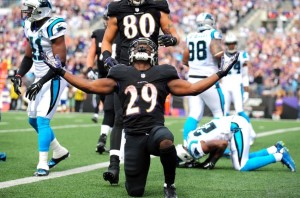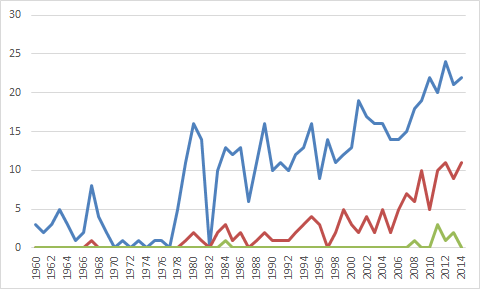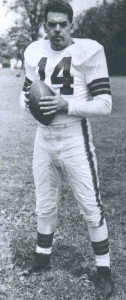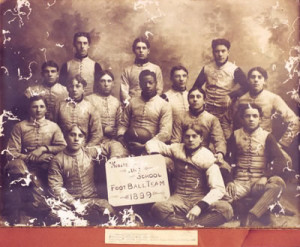Two weeks ago, Adam Steele administer a Wisdom of Crowds edition of the GQBOAT debate. Today, Adam has offered to run the same experiment but for running backs. And we again thank him for that.
Who is the Greatest Running Back of All Time? In recent years, the practice of crowd sourcing has gained momentum in the analytics community, in some cases yielding more accurate results than mathematical models or expert opinions. For the initiated, here’s the gist: Every human being represents a data point of unique information, as all of us have a different array of knowledge and perspective about the world. Therefore, when you aggregate the observations of a group of people, they will collectively possess a greater and more diverse reservoir of knowledge than any single member of the group.
The readers of Football Perspective are an insightful bunch with areas of expertise spanning the entire football spectrum; we are the perfect group for crowd-sourcing these sorts of age-old football questions. And given how successful the last experiment was, there’s no reason not to look at other positions. If you’d like to participate in this experiment, there are just a few guidelines to follow:
1. Create a list of the top 20 running backs of all time, in order, using any criteria you believe to be important. I encourage readers to be bold in your selections – don’t worry about what others may think.
2. Commentary is not necessary, but most definitely welcome. In particular, I’d enjoy seeing a short blurb explaining the criteria you based your selections on.
3. Please compile your rankings BEFORE reading anyone else’s. Crowdsourcing works best when each source is as independent as possible.
4. Please DO NOT use multiple screen names to vote more than once.
The deadline to cast your ballot is midnight on Thursday the 26th, then analyze the results in a follow-up article. A first place vote is worth 20 points, second place 19 points, and so on. Let the process begin!









